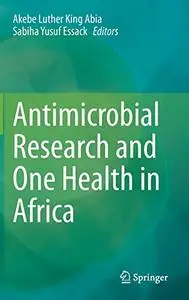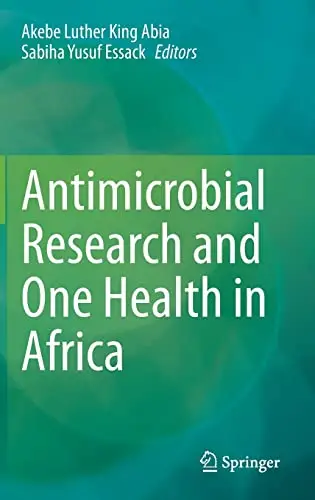Antimicrobial Research and One Health in Africa by Akebe Luther King Abia, Sabiha Yusuf Essack
English | EPUB | 2023 | 359 Pages | ISBN : 3031237951 | 7.7 MB
Antimicrobial resistance is recognised among the world’s most challenging problems. Despite its global spread, Africa, specifically sub-Saharan Africa, is the most affected by this malaise. Poor living conditions and inadequate access to sanitation and potable water supplies are among contributing factors that have influenced a high disease burden on the continent, requiring extensive antimicrobials. Weak health systems and the absence of firm policies further aggravate the problem, as the use of antimicrobials is mostly unregulated. The increasing demand for animal protein to meet the starving populations’ demands has also influenced the use of these antimicrobials, including those banned on other continents, for food animal production. The ripple effect of indiscriminate use in humans and animals is the massive discharge of antimicrobials, their residues, antimicrobial-resistant microorganisms and their associated genes into the environment.
This 14-chapter unique masterpiece presents the AMR problem in African, addressing the various compartments of the One Health – humans, animals, and the environment, to illustrate the need for concerted efforts in the fight against AMR, especially in Africa. Authors from the four cardinal points present diverse aspects of AMR in Africa, starting with behavioural and social drivers of AMR in Africa. Antimicrobial stewardship in an African context is also discussed. AMR in humans is presented through studies on antibiotic-resistant neonates and nontyphoidal Salmonella infections and the clinical relevance of the genetics of viral resistance. Topics on AMR in mastitis, biosecurity in animal farming and the linkage between disinfectants and AMR are discussed. The environmental dimension of AMR is discussed, notably in the aquatic environment, and its implication for aquaculture and irrigation and using nanomaterials to treat polluted waters from such environments are highlighted. Finally, Africa’s rich floral diversity is portrayed as an eco-friendly and cost-effective approach to combat AMR. Hopefully, the work presented will spur greater collaboration between scientists, environmental, animal and human health practitioners, the general population, and policymakers to assimilate and implement the One Health approach to combating AMR, rather than working in silos on their various sectors.



